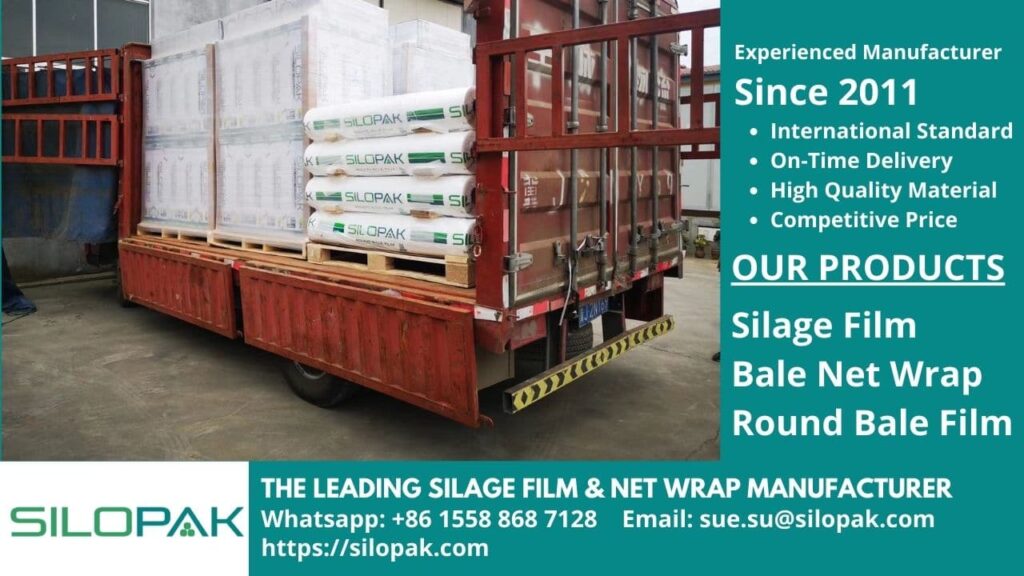
Polyethylene plastic is very often encountered in everyday life in the form of packaging that is transparent, flexible, and strong. Plastic is one of the most common materials we see and use. Plastics are polymers that can be molded into many different shapes. A polymer is a material consisting of molecular units called monomers. If the monomers are of the same type it is called a homopolymer, and if the monomers are different it results in a copolymer.
Plastic materials are gradually starting to replace glass, wood, metal, and aggregates. This is because plastic materials have several advantages, namely lightweight, strong and easily shaped, anti-rust and resistant to chemicals and corrosion, have high electrical insulating properties, can be made colored or transparent, and process costs are cheaper. Natural polymers that we are familiar with include natural rubber, protein, cellulose, and others.
At first, humans used natural polymers only to make tools and weapons, but this situation only lasted until the end of the 19th century and then humans began to modify polymers into plastics. The first plastic made commercially was nitrocellulose. Plastic materials have developed rapidly and now have a very important role in electronics, agriculture, textiles, transportation, furniture, construction, cosmetic packaging, children’s toys, and other industrial products. The followings are the details regarding polyethylene plastic. So, let’s check it down below!
contents
What is Polyethylene Plastic?
Polyethylene plastic (abbreviated PE) is a thermoplastic that is used widely by humans as plastic bags. PE plastic bags have the characteristics of being elastic, flexible, impact resistant, slightly opaque/transparent, impermeable to liquids, clean, odorless, and hygienic. Approximately 80 million tons of polyethylene plastic are produced every year.
Polyethylene packaging is widely used for packing fruits, fresh vegetables, bread, frozen food products, pipes, and textiles. Each method produces a different type of polyethylene. Polyethylene consists of various types based on the density and branching of the molecule. The mechanical properties of polyethylene depend on the type of branching, crystal structure, and molecular weight.
Polyethylene is a polymer consisting of long chains of ethylene monomers. In the polymer industry, polyethylene is written with the abbreviation PE, the same treatment carried out by Polystyrene (PS) and Polypropylene (PP). The C2H4 ethylene molecule is CH2=CH2. The two CH2 groups are joined by a double bond.
Polyethylene is formed through the polymerization process from ethylene. Polyethylene can be produced by various processes, including anionic addition polymerization, radical polymerization, cationic addition polymerization, or ion coordination polymerization. It is a strong material and can be made from soft to rigid.
There are three types of polyethylene, which is low-density polyethylene (LDP), high-density polyethylene (HDP), and Linear Low-density polyethylene (LLDP). Low-density polyethylene is relatively flexible and strong, used among others for the manufacture of packaging bags, bags, bottles, the building industry, and others.
Polyethylene Plastic History Since 1933
Polyethylene was first discovered in 1989 by accident by a German chemist named Hans von Pechmann. At that time Pechmann was heating diazomethane with two colleagues namely Eugen Bamberger and Friedrich Tschirner. They discovered a white, waxy substance and named it polymethylene. They knew that what he synthesized contained long chains of CH2.
Then polyethylene plastic was synthesized by accident in 1933 by Eric Fawcett and Reginald Gibson. This synthesis is the first to be carried out industrially and facilitated by ICI in Northwich, England. The two researchers treated with high pressure a mixture of benzaldehyde and ethylene.
As a result, they obtained a substance similar to that synthesized by Pechmann and two colleagues. However, this result is still difficult to mass produce because there is oxygen in the reaction. Then in 1935, Michael Perrin succeeded in synthesizing as expected and in 1939 LDPE began to be produced for the first time industrially.
Strengths & Weakness of Polyethylene Plastic
Polyethylene is widely used because its properties are superior to other types of plastics. The properties of polyethylene, among others, its appearance varies from transparent, oily to cloudy, flexible so it is easy to form and has high tensile strength, heat seal (can be hemmed with heat), so it can be used for lamination with other materials. Melting point 120⁰C, resistant to acids, bases, alcohols, detergents, and chemicals, impermeable to water, moisture, and gases, can be used for frozen storage up to -50 C and can be printed.
But behind these advantages, of course, there are also disadvantages of polyethylene plastic, which are that it is not suitable for packaging fatty or oil-containing materials and is not suitable for packaging flavored products because the gas transmission is quite high.
Several types of polyethylene plastic are not resistant to UV radiation, are flammable, and easily degraded by hydrocarbon compounds and oxidizing agents. This plastic can also shrink when used in injection molding production. That’s all about the polyethylene plastic history in Industrial Products. Hope it’s useful!

